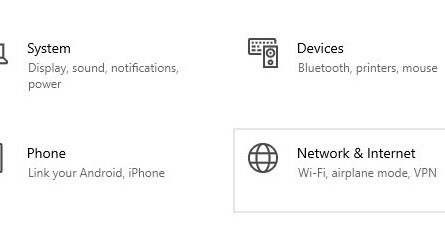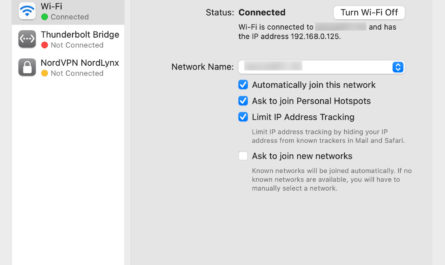An Overview
The Domain Name System (DNS) is a fundamental component of the internet infrastructure that enables users to access websites and services using user-friendly domain names instead of complex IP addresses. It acts as a decentralized directory service, translating domain names into IP addresses and facilitating the efficient routing of internet traffic. This article looks at the significance of DNS, its structure, functioning, and its crucial role in ensuring the seamless functioning of the internet.
The DNS operates through a hierarchical structure comprising various interconnected servers and databases. At the top of the hierarchy are the root servers, which are responsible for directing queries to the appropriate top-level domain (TLD) servers. TLD servers handle specific domain extensions such as .com, .org, and country-specific extensions like .uk or .ca. Below the TLD servers are authoritative name servers, which store and provide domain information for individual domains.
When a user enters a domain name into a browser, the DNS resolution process begins. The user’s device sends a query to the DNS resolver (typically provided by the Internet Service Provider), which then seeks the IP address associated with the domain name. If the resolver does not have the information in its cache, it traverses the DNS hierarchy, starting with the root servers and progressively querying the appropriate authoritative name servers until it obtains the IP address.
Importance and Role
The DNS plays a vital role in the internet’s functionality and user experience. By translating human-readable domain names into IP addresses, it eliminates the need for users to remember and input lengthy numerical addresses. This convenience facilitates the widespread adoption of the internet and simplifies the browsing experience for millions of users worldwide.
Moreover, DNS enables load balancing and fault tolerance. Websites and services can distribute their traffic across multiple servers by assigning multiple IP addresses to a single domain name. This load balancing ensures efficient resource utilization and reduces the risk of downtime in case of server failures.
DNS also supports various essential internet services, such as email delivery (via MX records) and secure communication (through digital certificates provided by DNS-based certification authorities).
Challenges and Security
Despite its crucial role, the DNS faces several challenges, including security risks. DNS attacks, such as cache poisoning or distributed denial-of-service (DDoS) attacks, can disrupt internet services, compromise user privacy, or redirect traffic to malicious websites. DNS security measures, such as DNSSEC (DNS Security Extensions), aim to mitigate these risks by ensuring the integrity and authenticity of DNS responses.
Wrap it up
The Domain Name System is a cornerstone of the internet, facilitating the seamless translation of domain names to IP addresses and playing a crucial role in its functionality and accessibility.


